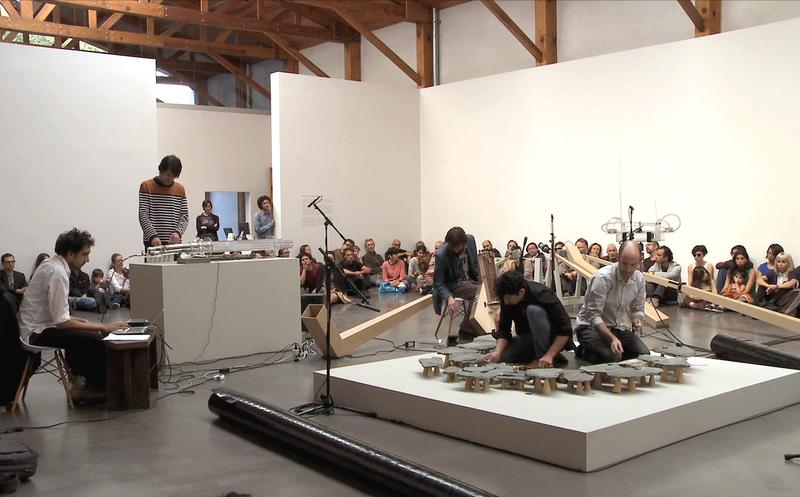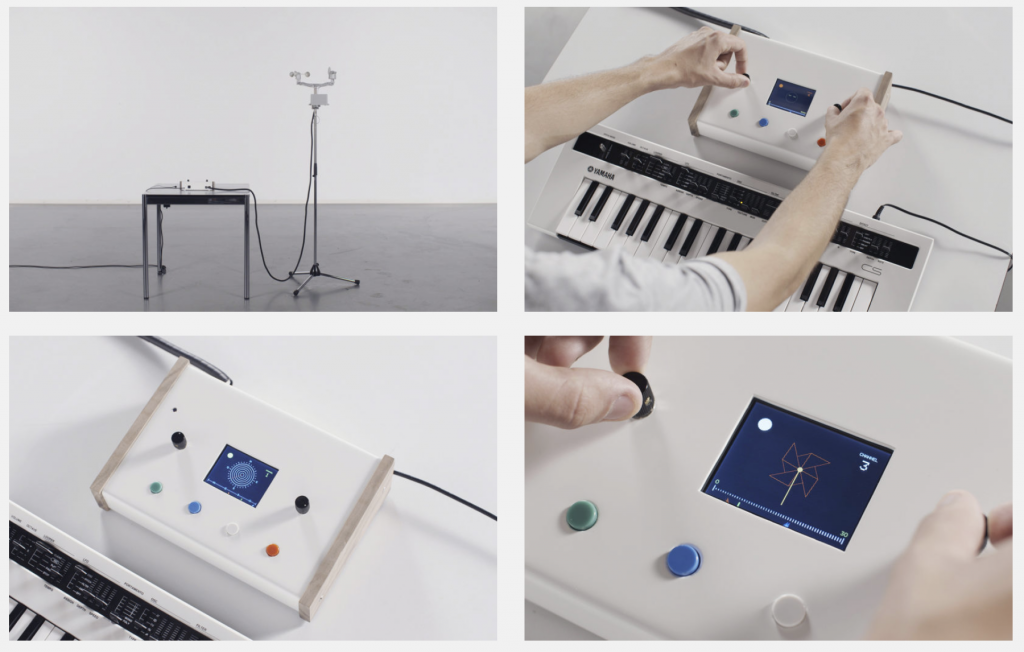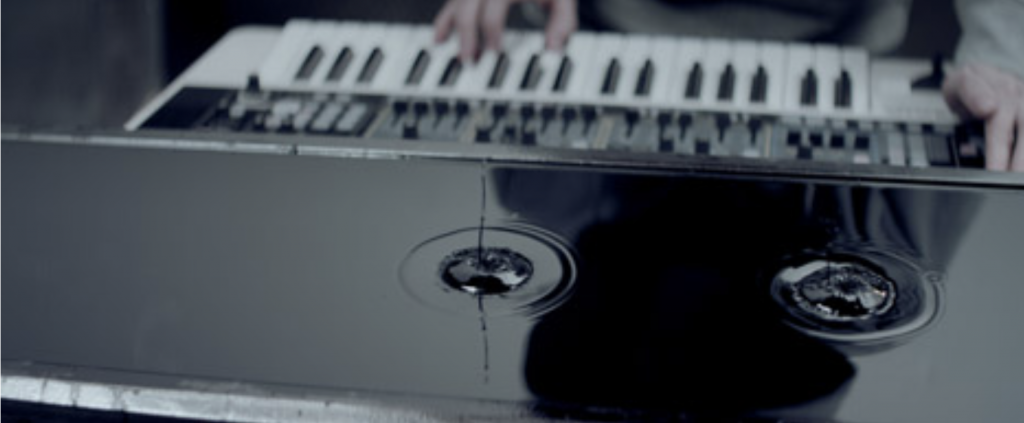
“Chapter 1: The Discovery” is a responsive light-sound object created by Felix Luque Sanchez in 2009. This installation consists of a sculpture representing an unidentified object in the shape of a dodecahedron and a number of videos re-staging the moment of its discovery.
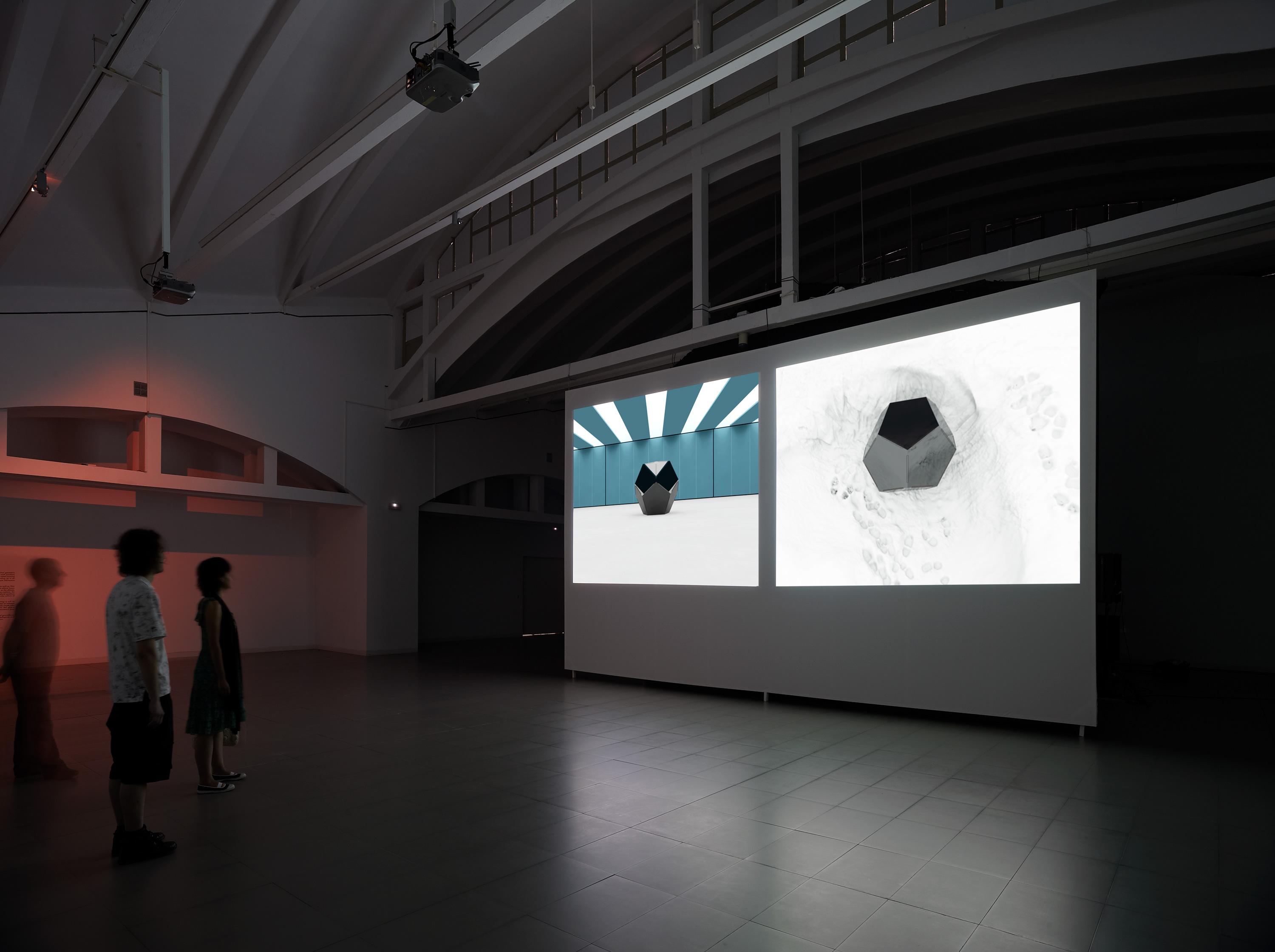
With different perceptions conveyed in different rooms, this piece causes the audience to question the truthfulness of what is shown. In short, it outlines a journey from the initial visioning of a series of videos with synthetic images, and eventually ends up in a physical encounter with an interactive object that co-opts information flows, sound and light transmission. More specifically, this piece dramatizes a fiction on the discovery of the dodecahedron, as if it were a scene from a science-fiction movie, where the tension lies in the encounter of the character with an unknown, alien figure.
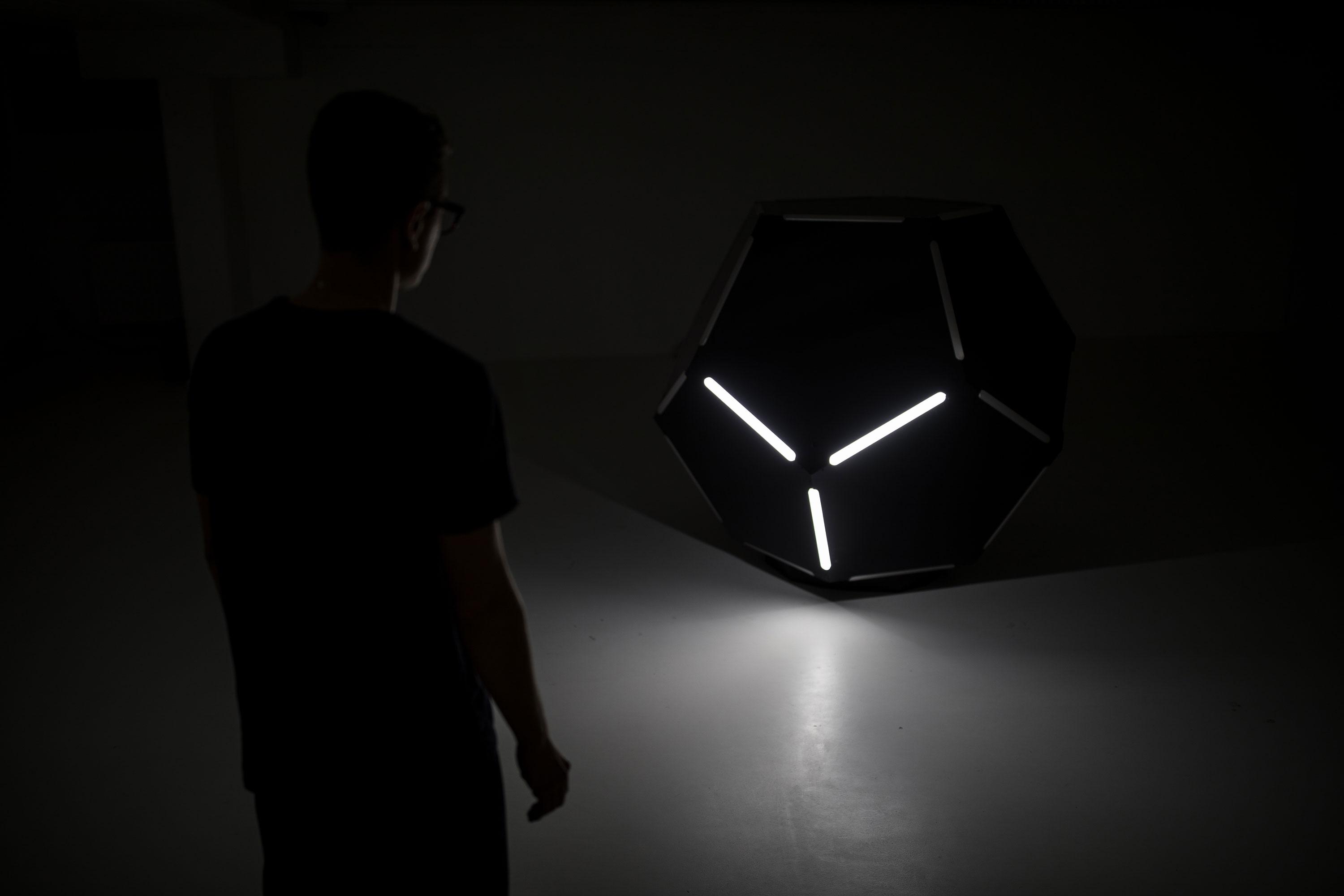
Through the sculpture’s response to presence, the audience can detect a will to communicate as well as some sort of simplicity in generating apparently complex behaviors. This project renews an “age-old cultural groundbase, questioning the limits of our notions of artificial intelligence and cutting across our collective imaginary of science fiction.
For a more in-depth look into the project and its experience, check out this video below!
![[OLD FALL 2020] 15-104 • Introduction to Computing for Creative Practice](https://courses.ideate.cmu.edu/15-104/f2020/wp-content/uploads/2021/09/stop-banner.png)


